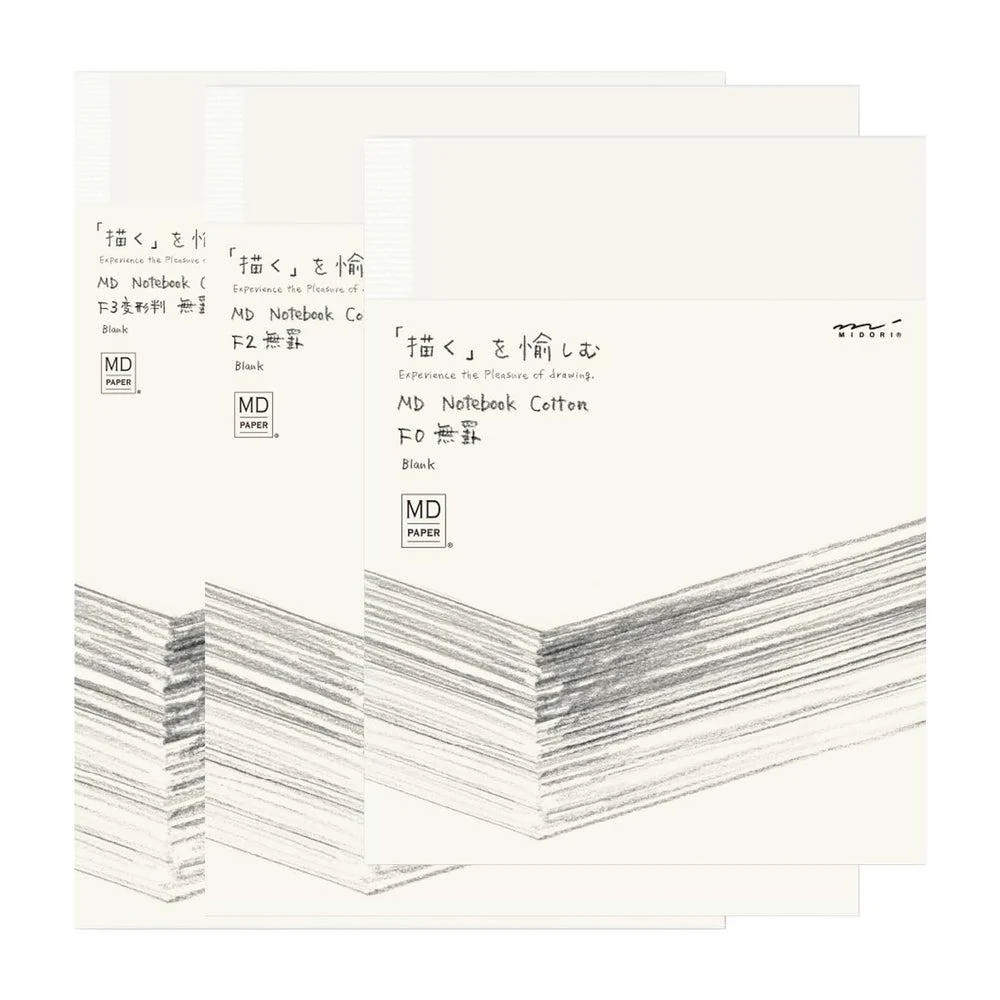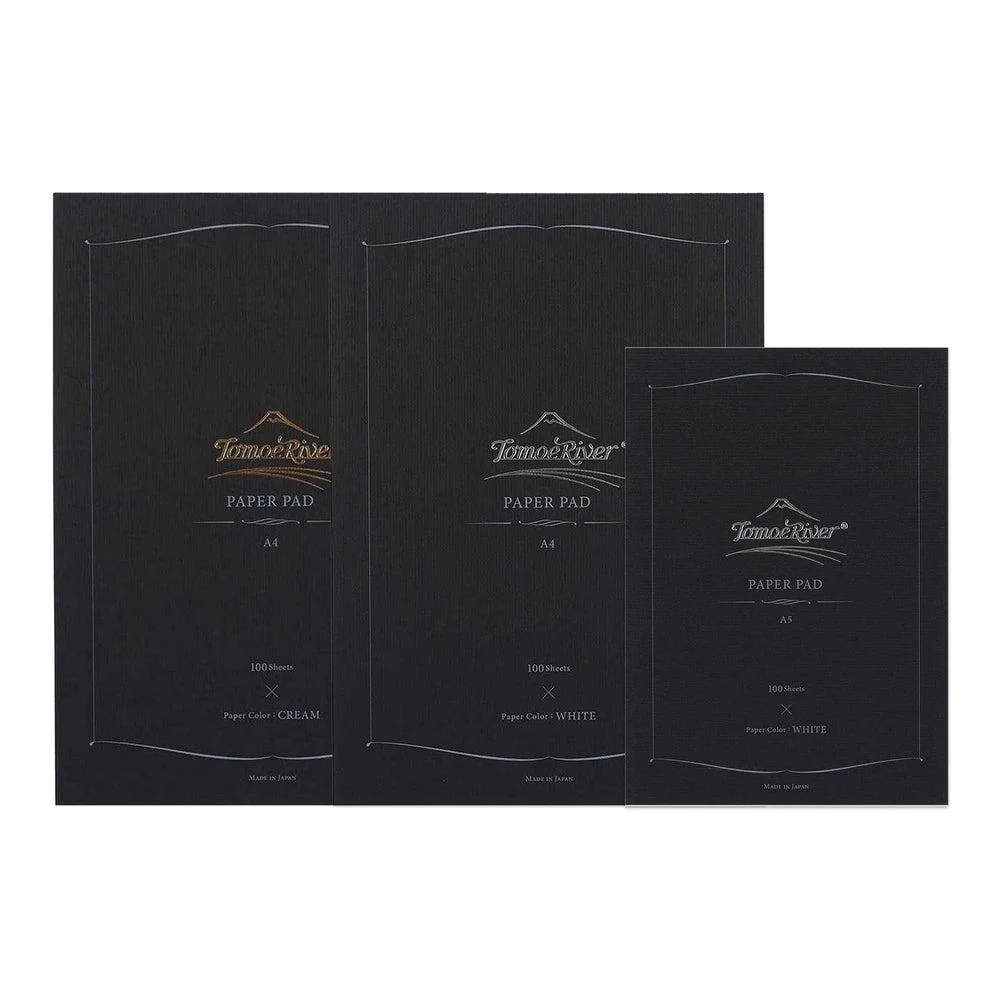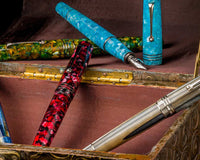Only art penetrates what pride, passion, intelligence and habit erect on all sides – the seeming realities of this world. There is another reality, the genuine one, which we lose sight of. This other reality is always sending us hints, which without art, we can’t receive. Proust calls these hints our “true impressions.” The true impressions, our persistent intuitions, will, without art, be hidden from us and we will be left with nothing but a ‘terminology for practical ends’ which we falsely call life.
— Saul Bellow, on science and art from his Nobel lecture in 1976.
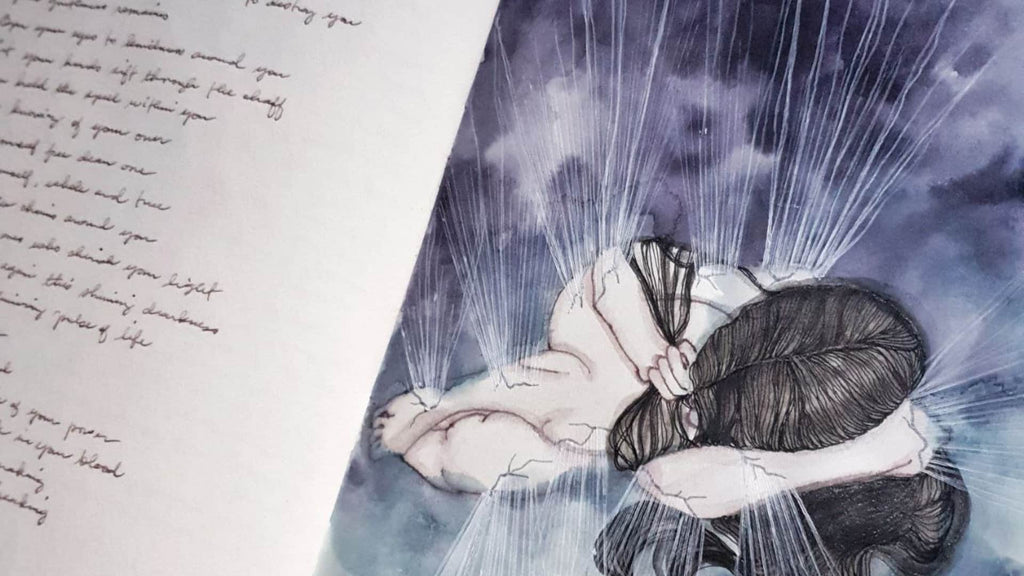
Without pen and ink,
Romance of words on paper,
Life would have killed me.
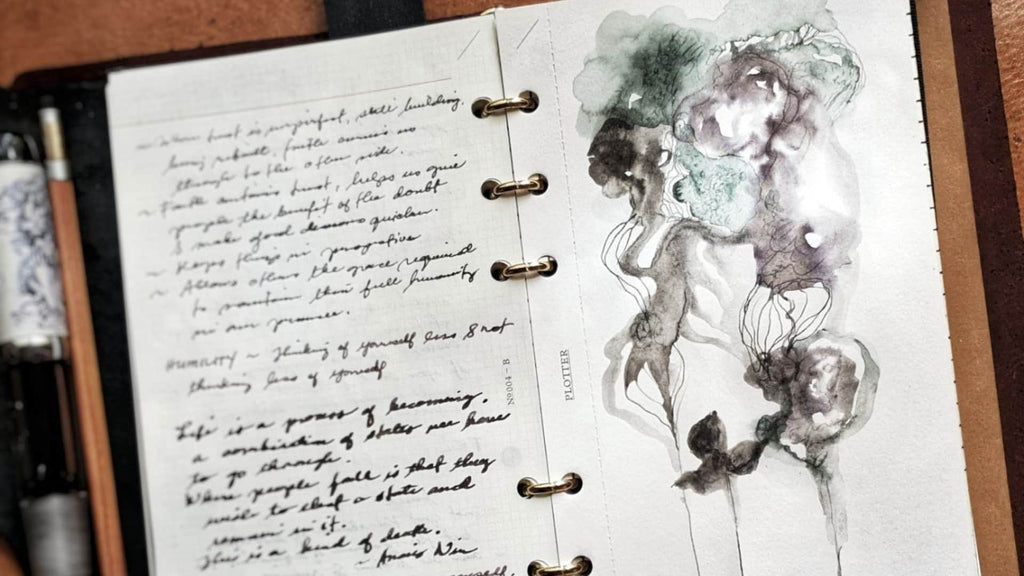
The Unifying Nature of Art
World Art Day is celebrated annually on April 15th, a day dedicated to promoting awareness of creative endeavors and the importance of art in society. The date was chosen to coincide with the birthday of Leonardo da Vinci, one of the most renowned artists in history, who embodied the universal influence of art across cultures and generations.
The celebration of World Art Day encourages people to appreciate and engage with various forms of artistic expression — including visual arts, literature, music, dance, theater, and other forms. It aims to highlight the value of art in fostering creativity, cultural diversity, and dialogue, as well as its role in promoting social change and raising awareness of important issues.
Artists, art institutions, and cultural organizations around the world often organize special events, exhibitions, workshops, and performances to commemorate World Art Day. These activities may include art shows, public installations, gallery tours, artist talks, and collaborative projects aimed at bringing communities together through creativity and imagination.

World Art Day serves as a celebration of the power of art to inspire, provoke thought, and enrich our lives, while nurturing a greater appreciation for the beauty and complexity of the human experience. It honors the boundless creativity that connects people across borders and generations, binding us beyond language and cultural barriers.
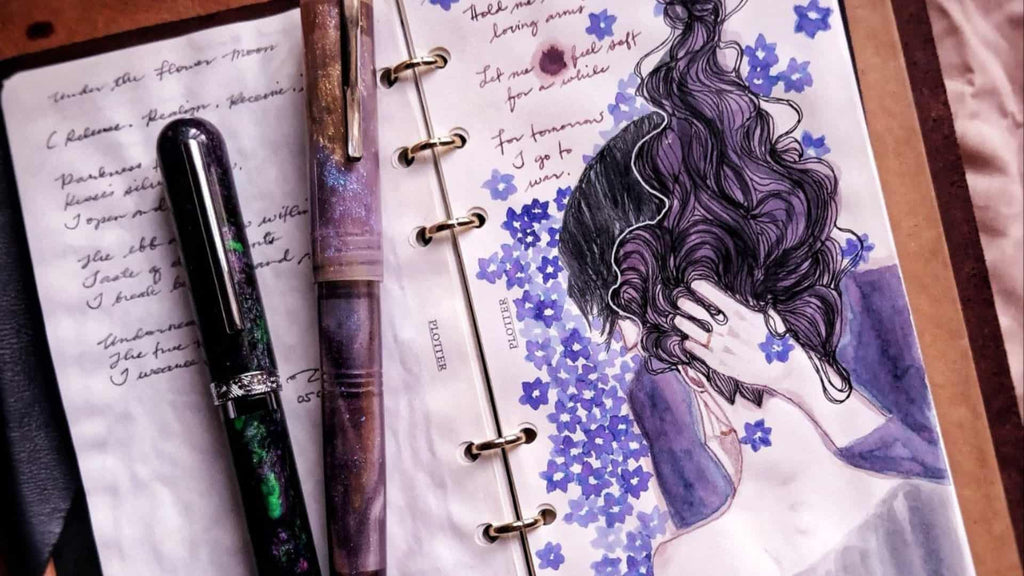
The Alchemy of the Haiku
As we continue to commemorate National Poetry Month this April, let us focus our appreciation on one of its deceptively simple yet most sublime forms, the haiku —
National Haiku Poetry Day is observed annually on April 17th. This day celebrates the art of haiku, a traditional form of Japanese poetry known for its simplicity and evocative imagery. Haiku typically consists of three lines with a syllable pattern of 5-7-5, capturing a moment or a feeling in a brief and concise manner. Despite its brevity, the haiku excels in evoking vivid images and eliciting powerful emotions through carefully chosen words and suggestive language. Each word carries weight, inviting us to immerse ourselves in the sensory richness of the poet's observations and experiences.

The origins of National Haiku Poetry Day are rooted in the efforts to promote awareness and appreciation of haiku poetry in the United States and around the world. Haiku has gained popularity as a form of creative expression beyond its Japanese origins, with poets from diverse cultural backgrounds embracing its minimalist structure and meditative quality.
On National Haiku Poetry Day, enthusiasts of haiku poetry come together to share and celebrate this art form through various activities such as readings, workshops, contests, and online discussions. Poets may create new haiku poems or revisit classic examples, exploring themes inspired by nature, seasons, emotions, and everyday experiences.
This day also serves as an opportunity to educate people about the history and significance of haiku, including its cultural context in Japanese literature and its influence on modern poetry movements. Through the celebration of National Haiku Poetry Day, participants can deepen their understanding of haiku's aesthetic principles and its enduring appeal as a form of poetic expression that invites contemplation and connection with the natural world.
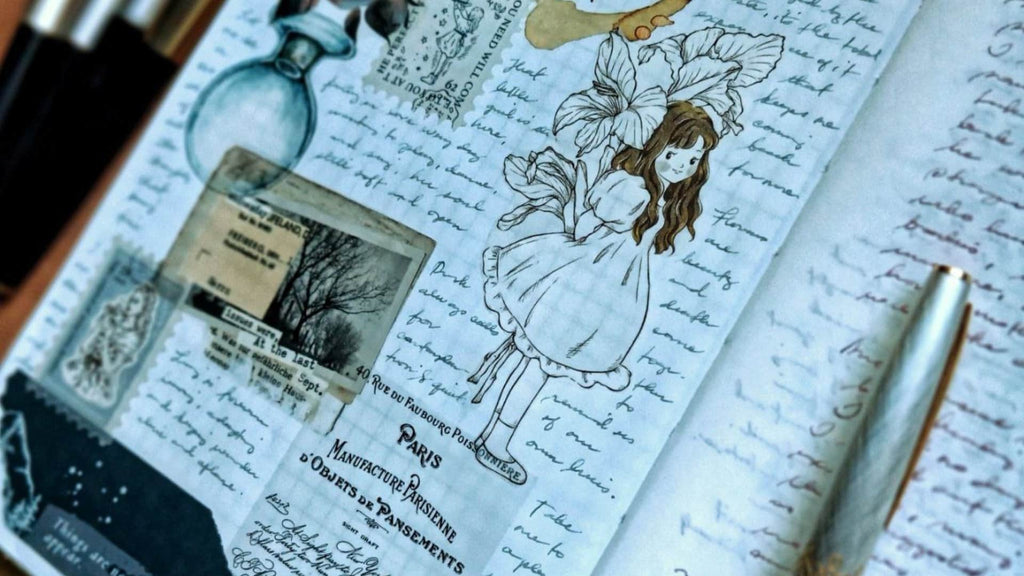
Artful Convergence of the Literary and the Visual
To jointly celebrate World Art Day and National Poetry Month, let us consider the wondrous potential of melding two, different forms of art into a new, expressive creation. When it comes to literature and visual arts, their intertwining is a rich and multifaceted one, encompassing various forms of creative expression that blend language and imagery. Here are several ways in which poetry intersects with visual arts —
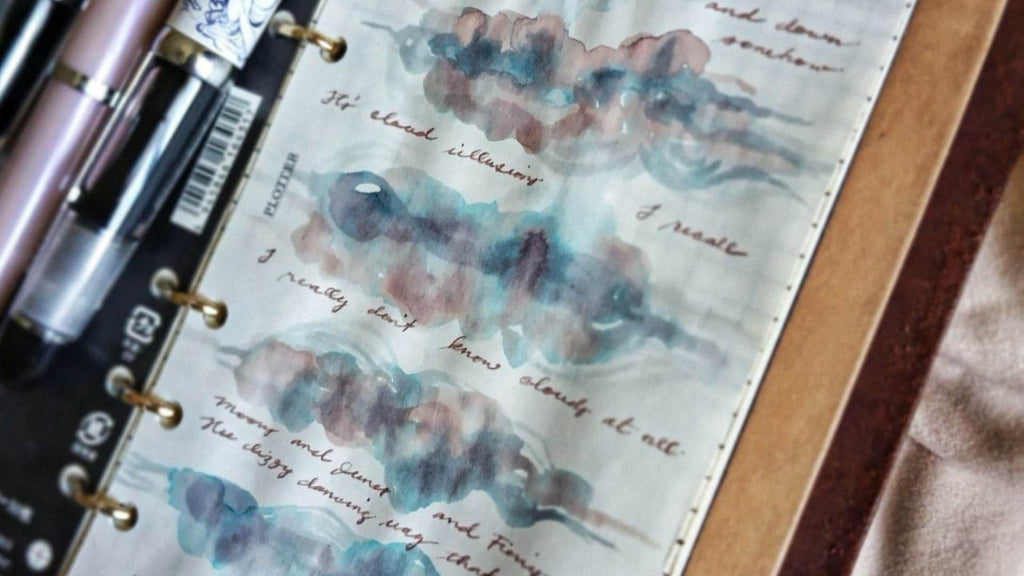
Ekphrastic Poetry – This is a genre of writing that responds to visual art, often describing or interpreting a piece of visual artwork through poetic language. This form of poetry allows writers to explore the themes, emotions, and imagery conveyed in a painting, sculpture, photograph, or other visual medium.
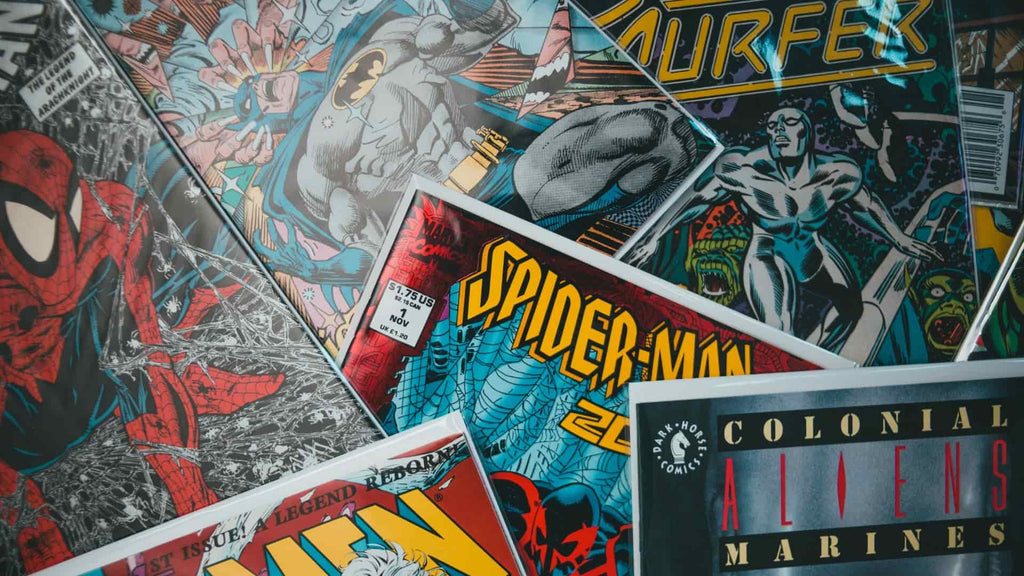
Illustrated Books and Graphic Novels – These combine written narratives with visual imagery to tell stories and convey meaning. In these works, the text and illustrations complement each other, enhancing the reader's understanding and immersion in the narrative.
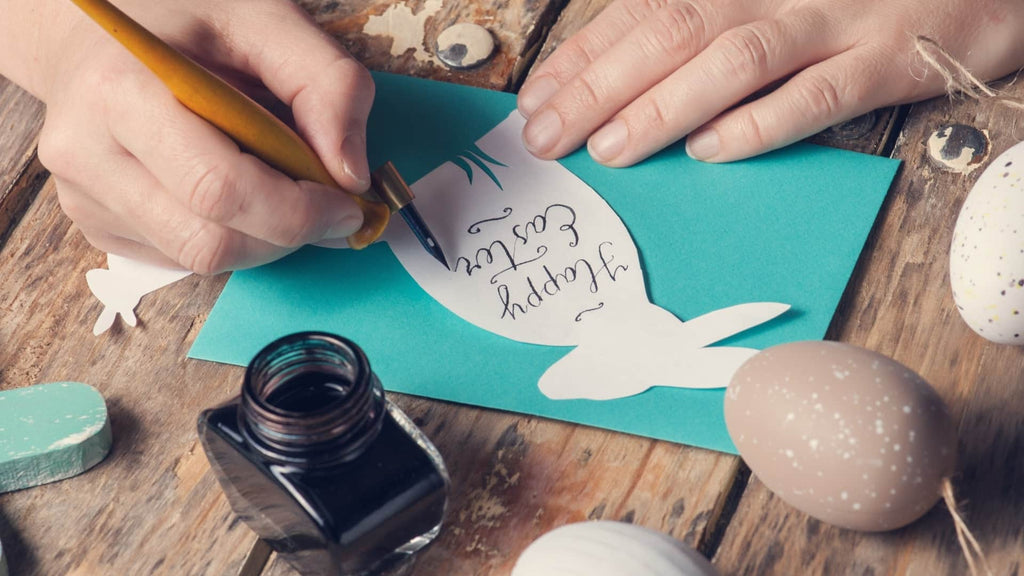
Calligraphy and Hand-Lettering – Calligraphy and hand-lettering involve the artistic creation of written words and letterforms, often with decorative or expressive flourishes. These forms of writing can be considered visual art in their own right, showcasing the beauty and craftsmanship of written language.
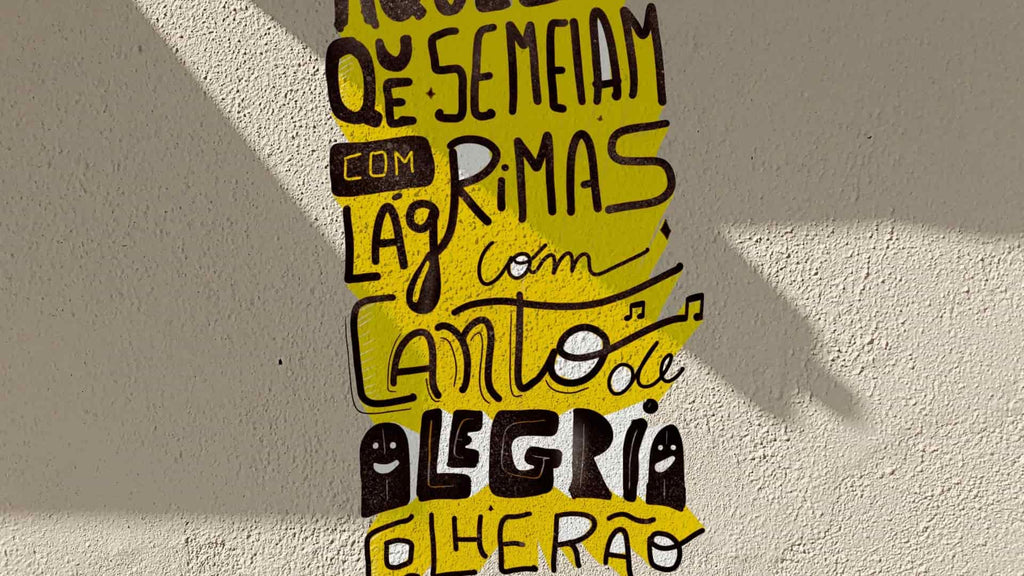
Typography and Design – This refers to the design and arrangement of letters and text. Graphic designers use handwritten or digital typography creatively to convey meaning, mood, and style in various visual compositions such as posters, advertisements, book covers, and websites.
Concrete Poetry and Visual Poetry – These poetry are experimental forms of writing that explore the visual layout and typographic arrangement of words on the page. In these poems, the physical arrangement of text contributes to the overall aesthetic and meaning of the work.
Collage and Mixed Media – Collage and mixed media artworks often incorporate written elements such as text fragments or handwritten notes alongside visual imagery. These juxtapositions of text and image can create layers of meaning and evoke a sense of narrative or conceptual complexity.
Overall, the intersection of writing and visual arts offers fertile ground for creative exploration and interdisciplinary collaboration, blurring the boundaries between language and imagery to engage and inspire us in new and unexpected ways.
A haiku would be the perfect complement to a drawing, lending nuanced words distilled to intensify the resonance of the visual piece.
EndlessPens’ Creative Choices
In deference to our shared enthusiasm for fountain pens and other writing accessories, we would like to share our picks, to inspire you to celebrate World Art Day and National Haiku Poetry Day creatively, artfully —
Pilot Custom 743 Fountain Pen – Experience a refined writing experience with the Pilot Custom 743 fountain pen. Crafted from luxurious black resin body with classic gold accents, this sophisticated pen features a #15 size 14K gold nib for an effortless glide across the page.
Sailor ProColor Collection Shikiori Hisakata – The classic profile and medium size make the Sailor Shikiori Hisakata ( formerly known as ProColor) fountain pen wonderfully versatile and comfortable to hold in any hand. Its steel nib is firm yet smooth, providing a pleasant and precise writing experience.
MD Paper Fountain Pen – This pen is as light as a pencil with a slip-proof grip to keep it steady. The nib is a happy medium, so that your lines will be neither too narrow nor too bold. Whether you’re sketching out ideas or writing a diary, letter or card, this pen makes writing a pleasure.The nib is specially designed with a shape like a bird’s beak. If you tend to press hard, this nib absorbs the pressure. If you write fast, this pen can keep up. No matter what angle you write from, this pen writes smoothly without blurring. This is a pen you can pick up whenever the inspiration takes you.
Wearingeul The Wonderful Wizard of Oz Literature Ink Bottle – The Color of Literature is the project expressing the stories and impressions of literature works with colors. Wearingeul inks evoke the specific scenes or the atmosphere of novels and poems. Also, some Wearingeul ink sets represent the main concept of the original stories, giving a unique experience by following the itinerary of the characters in the stories. Wearingeul inks are suitable for writing and drawing with fountain pens, dip pens, glass pens and other various ink pens. These inks have great shading, sheening effect, flow and visibility. Both beginners and experts of ink writing/drawing can use Wearingeul inks without difficulties.
Kakimori Pigment Ink Bottle (Standard Cap) – The evocative form looks as though a drop of molten glass has solidified. Filling the bottle with ink creates the illusion of two elements becoming one. The stable base prevents the bottle from tipping over easily. Once dry, Kakimori's pigment inks are water and fade resistant. They have been developed to ensure your special message stands the test of time. The generous 20mm opening with an 8-degree angle makes dipping easy without damaging the delicate nib. The shallow depth allows for effortless refilling of converters and helps to keep your pen clean from unwanted ink.
Rhodia Calligraphy Pad – This calligrapher’s pad with 130g Simili Japon paper is ideal for pen and ink. The translucent sheets are perfect to use with a calligrapher’s gridline guide. The paper enables clear, intricate details with even the finest nib with a super smooth, ivory surface, in micro perforated sheets.
MD Paper Cotton Notebook – With this soft paper, nothing stands between you and your vision. 20% of the material used for MD PAPER Cotton is soft-textured cotton pulp to achieve the best possible comfort when drawing.
The sizes of MD Notebook Cotton have been optimized for drawing, with the range now featuring F0 size (H180xW140mm), F2 size (H240xW190mm) and an F3 variant (H273x210mm).
The F stands for “figure” – this French standard is based on the golden ratio for portraits and other pictures.
Tomoe River Paper Pad (100 Sheets) – Japanese Tomoe River paper pad, a favorite among those who Love to write and are particular about the quality, is renowned for being incredibly thin and for its velvety smooth Texture that performs amazingly well with fountain pens and ink pens. This particular "Tomoe River fp" paper pad is the highest in quality of all Tomoe River paper and other top brand paper available, specially designed for fountain pen users. This premium, artist-grade plain paper is manufactured and treated for the perfect surface level for fountain pens to glide across smoothly and elegantly leaving you with exceptionally crisp lines. It is super lightweight, at 52 gsm - nearly half the thickness of copy paper. Despite its thinness, Tomoe River high quality paper is resistant to bleed-through and feathering so it can handle a variety of inks and pen nibs. Specially coated on both sides, the ghosting is minimal and you can use both sides of this thin paper. This silky smooth, fountain-pen-friendly writing paper gives you precise ink strokes, beautiful ink shades and crisp lines, so it is perfect for calligraphy practice and ink sketching.
For a lovely bowl
Let us arrange these flowers...
For there is no rice
― Matsuo Bashō
Happy World Art Day and National Haiku Poetry Day!
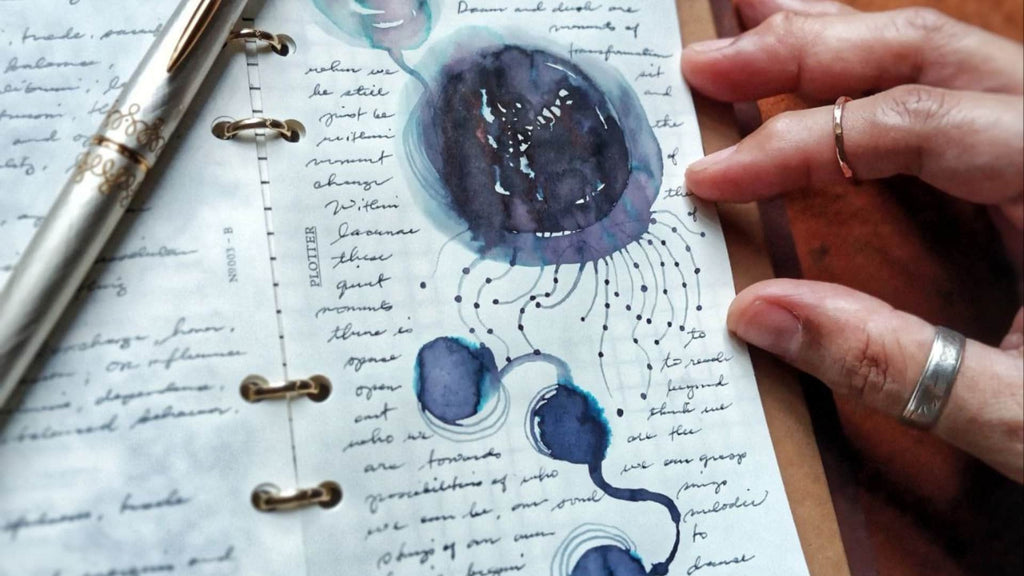
Use the code LEKZ10 to get a 10% discount!
* Not applicable for HopDrop, Clearance, On Sale items, and select brands.
Written by @lekzumali
Check out her musings on Instagram!








